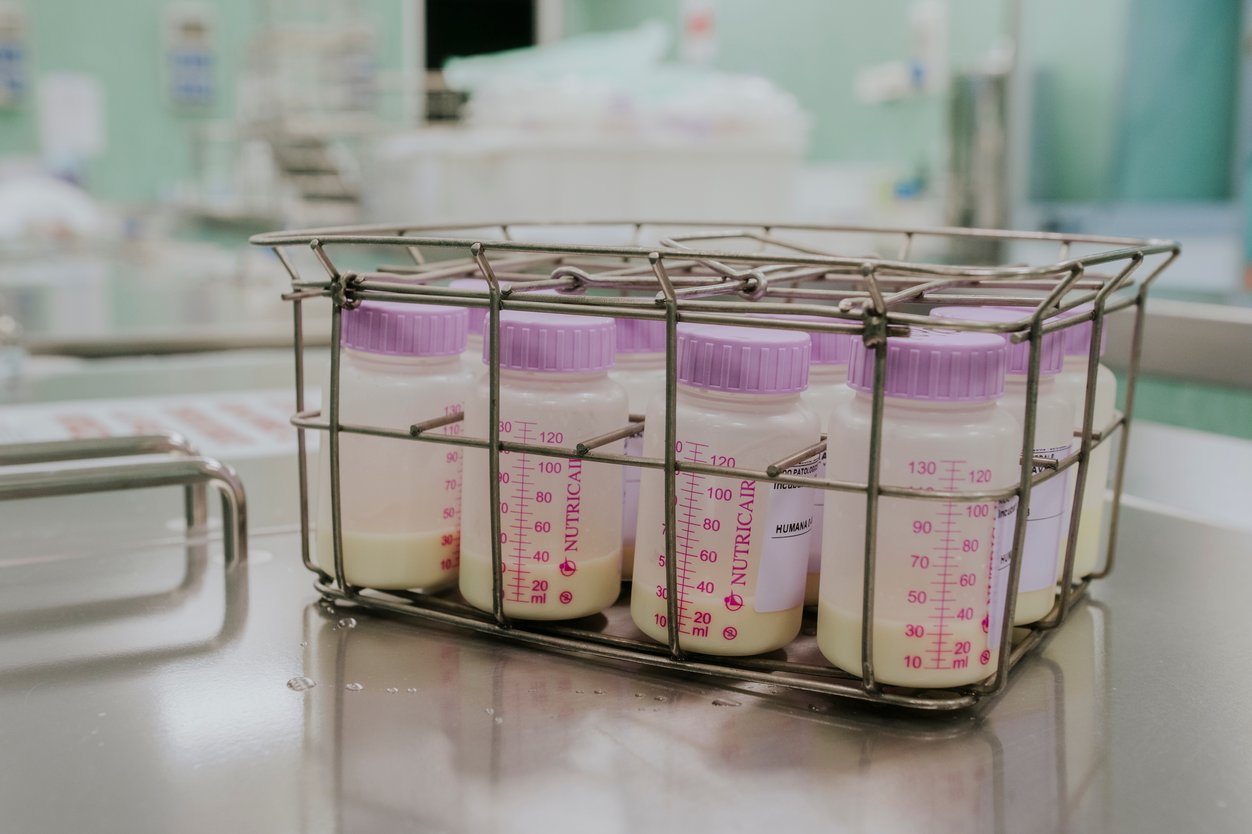closer look
Researchers hope human milk can repair the gut microbiome and reduce infections

Diana Bagnoli / Getty Images
The remarkable qualities of human breast milk can defy overstatement — and duplication. Breast milk not only supplies nourishment, it also lowers the risk of asthma, diabetes, and allergies while helping prevent the intestinal disorder necrotizing enterocolitis. That's why researchers hope to mine molecules in the milk to treat arthritis, atherosclerosis, Parkinson's disease, and irritable bowel syndrome as well as fortify people who are immunocompromised.
There are a host of academic and industry efforts focused on taking one particular element further: complex sugars called human milk oligosaccharides (HMOs), the third-most abundant component of human milk. They're attractive because they support the infant microbiome, but the path to treatment in adults is not yet clear. STAT's Deborah Balthazar explores how long the effects of milk-based treatments might last and what safety concerns may be. Read more.
business
Payments to physicians from drug and device makers continue their uneven spread by specialty
Just over half of U.S. physicians got a payment from drug and device makers over a recent 10-year span analyzed for a new study in JAMA. These payments added up to $12.1 billion for approximately 826,300 physicians, the lion's share (94%) connected to at least one marketed medical product. On average, each physician pocketed $48, but that amount varied widely by specialty, with orthopedic surgeons, neurologists, psychiatrists, and cardiologists leading the list while pediatric surgeons held down the bottom.
At the very top (0.1%) of the pyramid were physicians in each specialty who received payments that ranged from nearly $195,000 for hospital physicians to more than $4.8 million for orthopedic surgeons. All the data came from openpayments.com, a resource launched in 2014 as part of the Affordable Care Act and intended to shine a light on conflicts of interest. STAT's Ed Silverman has more.
public health
2 out of 3 babies with sickle cell disease are born in socially vulnerable areas
We've been hearing for months about historic advances in gene therapies for sickle cell disease since the first approval in December, along with questions about fertility and who will have access to the costly treatments. A new CDC report out yesterday reminds us of the heavy toll the inherited blood disorder takes on communities already facing challenges. The analysis of newborn screening data from 2016 through 2020 in 11 states found that 2 out of 3 infants with sickle cell disease were born to families living in socially vulnerable counties, as defined by socioeconomic status, housing, and transportation.
This is not a new development for people facing complex health needs, lower life expectancy, and high health care costs, but the report highlights sickle cell disease prevalence and specific community needs. "Implementation of tailored interventions, such as increasing access to transportation, improving housing, and advancing equity in high vulnerability areas, could improve health outcomes" for children with sickle cell disease, the article says.


No comments